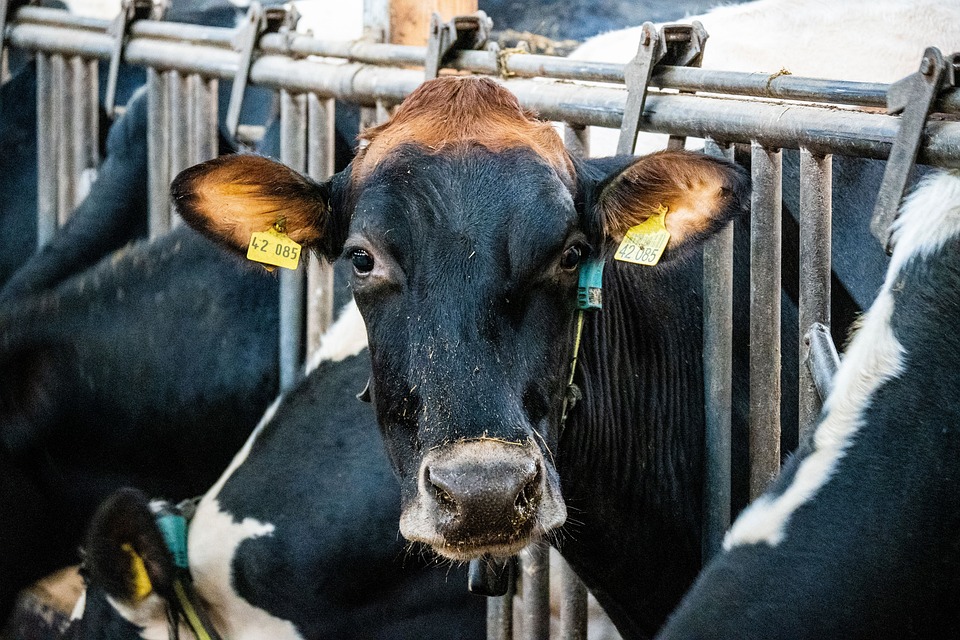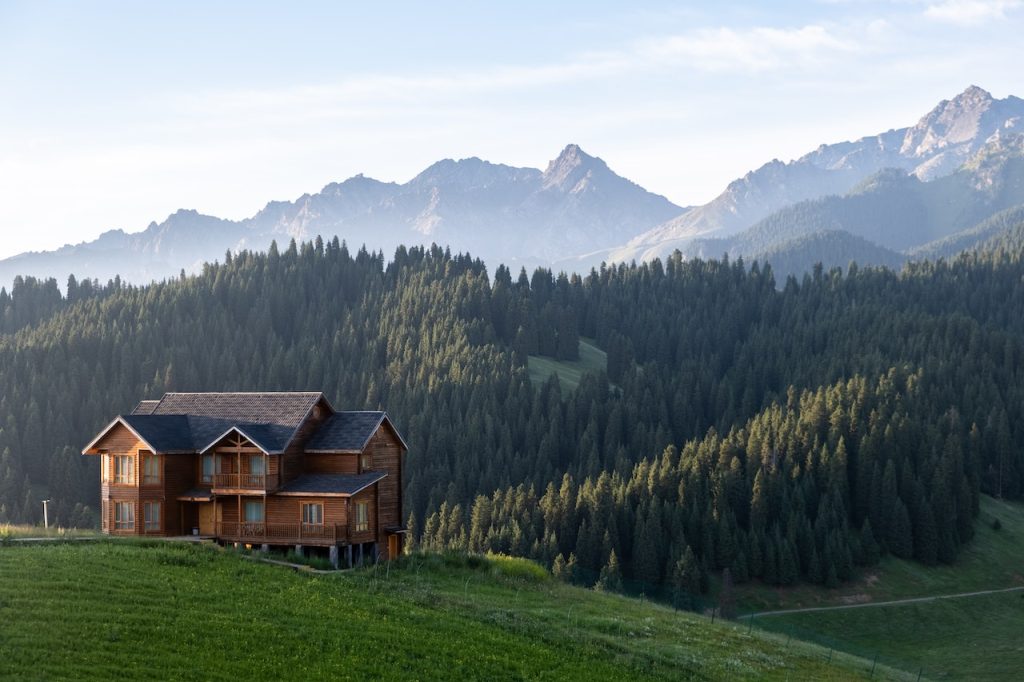# Zero Waste Gardening: How to Minimize Your Environmental Footprint
Imagine stepping out into your garden in the early morning, the cool dew still on the grass, and the rich aroma of fresh soil filling the air. You pick a handful of salad greens, but what catches your eye isn’t just the vibrant vegetables; it’s the compost bin, overflowing with organic scrap that you know will nourish the very soil you’re standing on. It’s a delightful circle of life—a dance between your efforts and nature’s bounty, where nothing goes to waste and every ingredient is born of your sustainable commitment. Welcome to the world of Zero Waste Gardening, where every bit counts, and your environmental footprint shrinks with every seed sown.
## The Essence of Zero Waste Gardening
Zero Waste Gardening is more than just a trend; it’s a lifestyle choice that benefits both your garden and the planet. The core philosophy revolves around minimizing waste and making the most out of every resource you have. Imagine turning kitchen scraps into thriving compost, repurposing containers that would otherwise land in a landfill, and cultivating a garden that sustains itself while enriching the earth. It’s a holistic approach where every plant, tool, and scrap of food contributes to a healthier ecosystem.
### Understanding the Concept of Zero Waste
At its heart, zero waste encourages us to rethink our relationship with waste. In gardening, this means:
1. **Reducing:** Cutting down on what you throw away.
2. **Reusing:** Finding new purposes for items instead of discarding them.
3. **Recycling:** Returning materials back into the ecological loop.
With these principles in mind, gardeners can flourish while also maintaining a deep respect for the earth.
## Planning Your Zero Waste Garden
The journey begins with thoughtful planning. Here are essential steps to create a productive space that reaps benefits and minimizes waste:
### 1. Choose Native and Heirloom Plants
Select native and heirloom varieties that are well adapted to your climate. Not only will these plants require less water and fertilizers, but they also support local wildlife, keeping ecosystems healthy. Local plants can be more resilient against pests and diseases, thereby reducing the need for chemical interventions.
### 2. Start Small
Begin with containers or a small plot to gain confidence. Small gardens are easier to manage and can be incredibly productive. A few pots on a balcony can provide enough herbs and vegetables to season your meals delightfully.
### 3. Design for Efficiency
When arranging your garden beds, consider companion planting. Planting certain species together can maximize space, enhance growth, and deter pests naturally. For example, tomatoes thrive alongside basil, and their flavors complement each other in the kitchen.
## Implementing Zero Waste Practices
Once your garden is set up, it’s time to embrace practices that further minimize waste.
### Composting 101
Composting is the cornerstone of zero waste gardening. Not only does it reduce the amount of waste that ends up in landfills, but it also enriches your garden soil.
– **What to Compost:** Fruit and vegetable scraps, tea bags, coffee grounds, eggshells, and even lawn clippings can transform into nutrient-rich compost.
– **How to Start:** You can create a simple compost bin using wooden pallets or even a retired trash can. Keep a balance between “greens” (nitrogen-rich) and “browns” (carbon-rich) materials to ensure proper decomposition.
### Water Wisely
Water is a precious resource, and in a zero waste garden, it should be used judiciously.
– **Rainwater Harvesting:** Set up a rain barrel to catch runoff from your roof. This naturally purified water can serve your garden without adding to your water bill.
– **Drip Irrigation:** Consider implementing a drip irrigation system. This method not only conserves water but ensures it reaches the roots where plants need it most.
### Repurposing and Recycling
Recycling and repurposing help reduce waste and save money.
– **Plant Containers:** Instead of buying new pots, use old containers, wooden crates, or even food packaging. Just make sure they have proper drainage.
– **Garden Tools:** Give old tools a new lease on life by refurbishing them. Clean rust off with vinegar and sand, and replace wooden handles as needed.
## Fun Gardening Techniques
As you embrace zero waste gardening, don’t shy away from leveraging a couple of fun techniques to diversify your approach:
### Square Foot Gardening
This method maximizes yield in small spaces. With defined sections for each type of plant, it makes crop rotation easy and minimizes the use of chemical inputs. Use recycled wood to create your grid, and fill each square with the plants you love most.
### Vertical Gardening
Perfect for small spaces, vertical gardening utilizes walls, fences, and trellises. Hanging planters made from recycled materials not only reduce waste but also add charm to your garden.
## Pro Tips for Zero Waste Gardening
1. **Crop Rotation:** This practice not only prevents nutrient depletion but also reduces pest build-up and soil diseases.
2. **Seed Saving:** Save seeds from your best-producing plants and store them in paper envelopes. This practice not only conserves seed varieties but also ensures future crops are adapted to your specific garden conditions.
3. **Mulching:** Use grass clippings, straw, or wood chips as mulch. It retains moisture and suppresses weeds, reducing the need for watering and herbicide.
4. **Companion Herbs:** Grow herbs alongside your vegetables; they attract beneficial insects that can help manage pest populations naturally.
## The Joy of Harvesting
When harvest time arrives, the satisfaction of enjoying produce cultivated with minimal ecological impact is unparalleled. Whether it’s fresh tomatoes for a summer salad or fragrant basil for a homemade pesto, your garden is bursting with flavors that you’ve nurtured from seed.
### Preservation and Beyond
After gathering your harvest, consider how to make the most of it while further embracing a zero waste methodology:
– **Canning:** Preserve surplus produce by canning. This method allows you to enjoy your garden’s bounty throughout the year.
– **Freezing:** Freeze vegetables and herbs that you can’t consume immediately, minimizing waste while providing you with flavors from your garden for future meals.
## Conclusion: Cultivating a Sustainable Future
Zero Waste Gardening isn’t just about growing plants; it’s about fostering a relationship with nature that encourages sustainability, mindfulness, and creativity. By minimizing waste and maximizing your garden’s potential, you contribute to a healthier planet while enjoying the simple joys that come from nurturing life.
Embrace the journey of zero waste gardening with a cheerful heart and a hands-on approach. Every seed sown and every scrap reused brings us one step closer to an eco-friendly lifestyle that supports not just ourselves but also generations to come. As you dig in and get your hands dirty, remember: every little effort counts, and together, we can cultivate a brighter, greener future.



